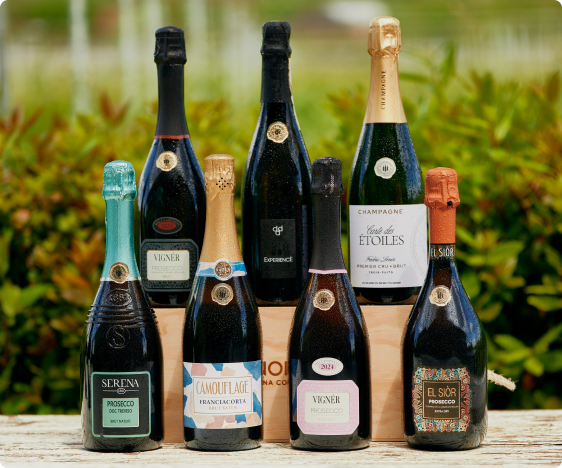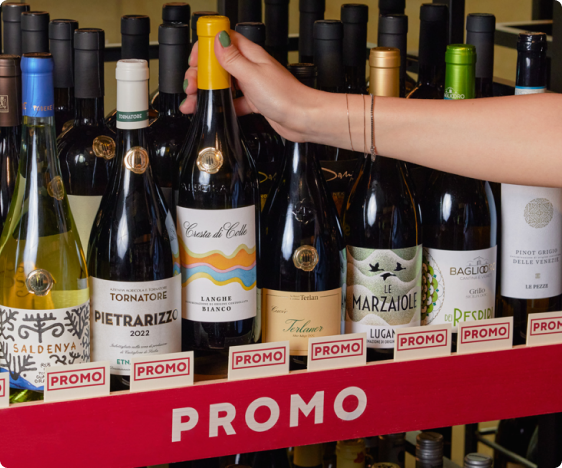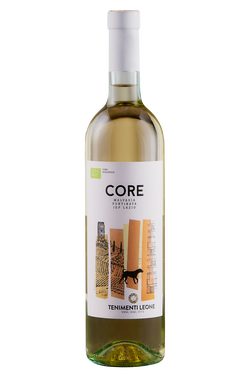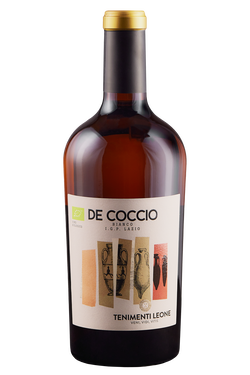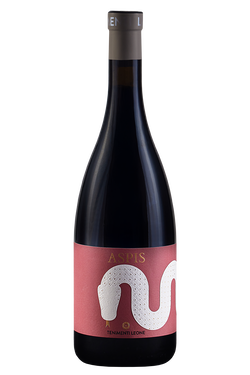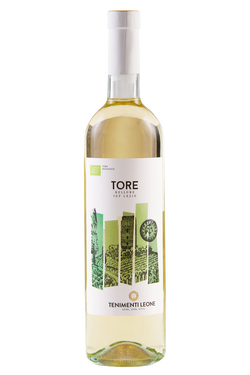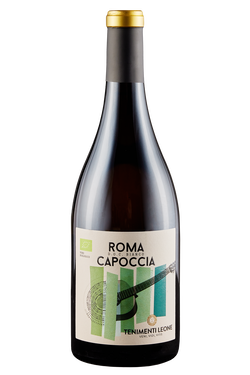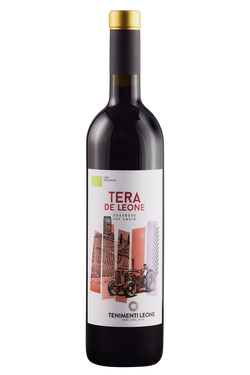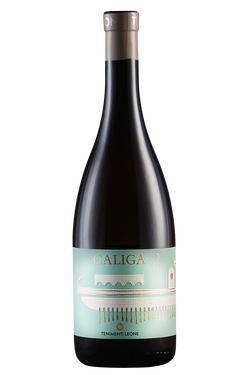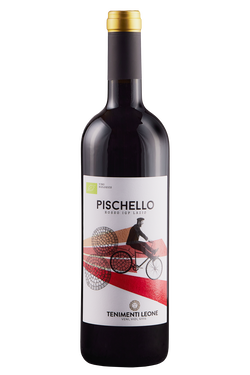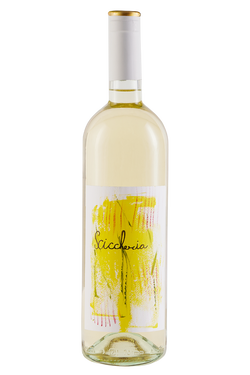- Wines >
- Lazio
Lazio’s best wines
Lazio predominantly produces white wines, mostly from grapes from the Malvasia and Trebbiano families: Malvasia Bianca di Candia, Malvasia Puntinata, Trebbiano Giallo, Trebbiano Toscano and Trebbiano del Lazio. These grape varieties are part of the blend of two of the most popular white wines from Lazio: Frascati, with the DOCG designation in its Superiore version, and the light and fresh-tasting Est!Est!!Est!!! di Montefiascone. In the Viterbo province, on the border with Umbria, they grow Grechetto, the main grape variety in the interregional Orvieto DOC zone. The most widespread red grape variety is the international Merlot, as well as Montepulciano, Ciliegiolo, Cabernet Sauvignon and sometimes Barbera. However, the region’s most typical red wine is undoubtedly the Cesanese del Piglio DOCG, a wine produced from the native variety of the same name, which is showing exciting potential. Lazio’s sweet wines include some small but very interesting productions, such as the Cannellino di Frascati DOCG, Aleatico di Gradoli DOC, and Moscato di Terracina DOC.
The history of viticulture in Lazio
Like many Italian wine-producing regions, the spread of vineyards in Lazio dates back to ancient times and its first inhabitants, the Etruscans, who spread agriculture across the whole of central Italy. Wine-producing traditions were then developed by the ancient Romans and since then, wine has always been present on the region’s tables. Despite this centuries-old wine-producing tradition, for many years certain inadequate agricultural and production policies from local wine producers who were too often only interested in making easy money left this region on the fringes of the main wine regions in Italy. Lazio’s wines were very popular on the Rome market but they did not manage to break out of regional and national boundaries. However, in the last few decades, renewed interest in native grapes and the rediscovery of local wine traditions has breathed new life into Lazio and finally enabled it to leave the shadows and attract the attention of industry experts and specialist guides, even abroad.
Wine-producing areas in Lazio
azio’s vineyards cover around 20,000 hectares and are distributed across a heterogenous territory. The Castelli Romani area produces the most in the region – here, the mitigating effect of the lakes and the abundance of potassium and phosphorous in the volcanic soil enrich the white wines with aromas and sophistication. In the Viterbo province, the vineyards are mainly located around the banks of lake Bolsena, where there are mostly light whites based on Trebbiano Toscano (called Procanico locally), and some international grapes like Merlot. The Agro Pontino reclaimed marshes in the south of the region recently became the site of renewal and experimentation, which led to the addition of international grape varieties, with excellent results. The coastal part of Lazio is known for its Moscato wines (especially Moscato di Terracina), while in the Frosinone area they produce some of the best red wines in Lazio, Cesanese del Piglio DOCG, and the two DOC wines: Cesanese d'Affile and Cesanese di Olevano Romano.
Lazio’s most award-winning wines
As highlighted previously, Lazio’s wines have been continuing to improve in quality for several decades, and today, the 30 regional quality designations (27 DOC and 3 DOCG) can be considered a point of reference for the large number of consumers. However, even beyond the designations, Lazio’s production is highly significant. Take Montiano Falesco, for example, the leading product from the Famiglia Cotarella winery, acclaimed from the start as one of the greatest Italian red wines – an exceptional Merlot that has been awarded Three Glasses from Gambero Rosso and 5 “grappoli” (bunches) from Bibenda. It is a similar case for the wines from the Sergio Mottura winery, which after intense modernisation works that started in the ‘60s, has now achieved the fame and recognition it deserves, particularly with its Poggio della Costa. Other multi-award-winning labels, this time in the Rome province, include Poggio Le Volpi and Castel De Paolis, both with strong roots in the Castelli Romani territory.

